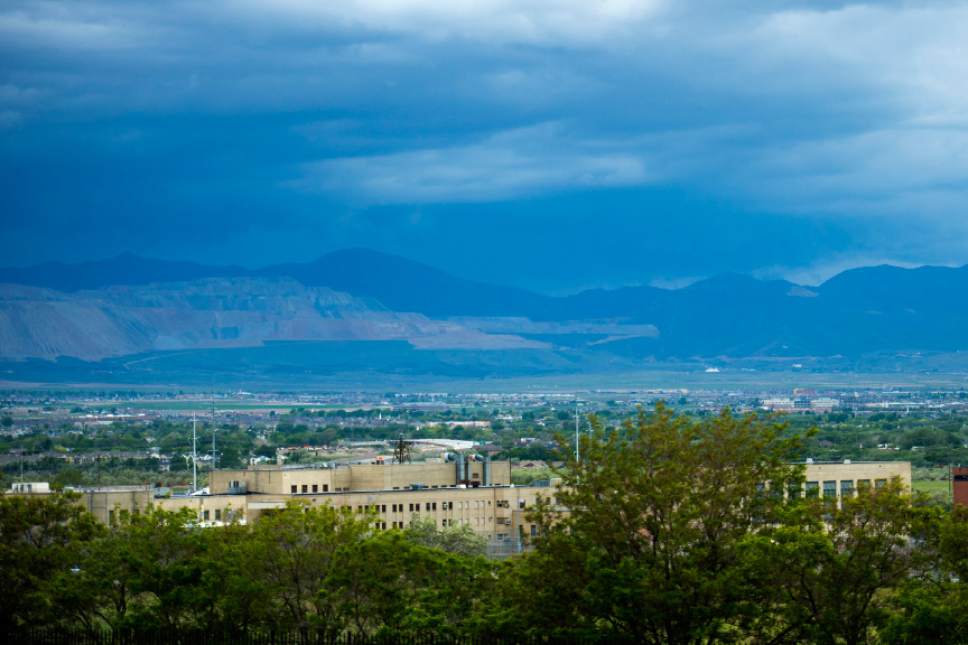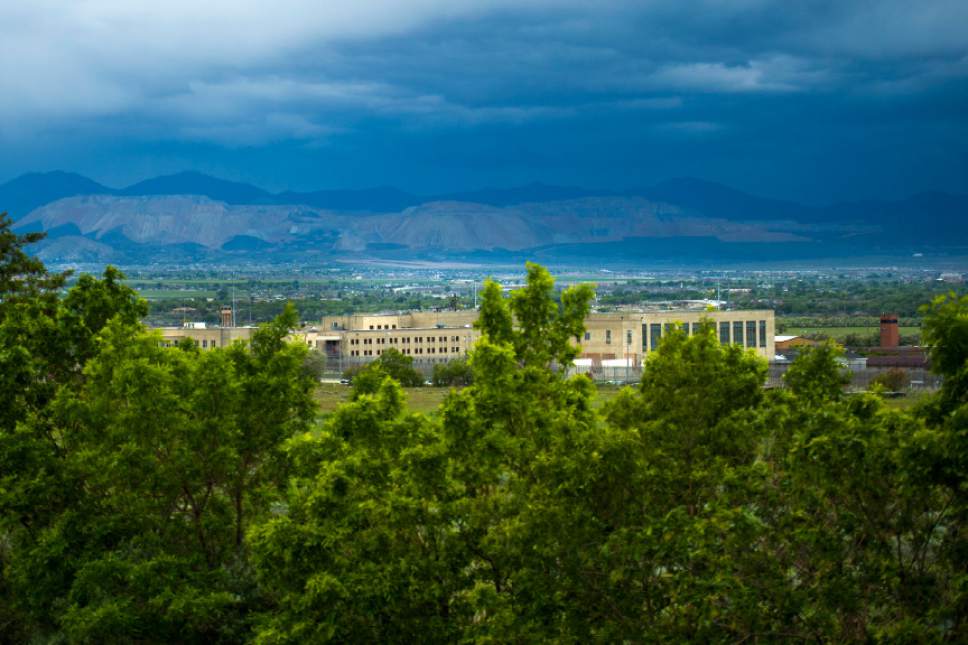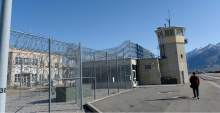This is an archived article that was published on sltrib.com in 2016, and information in the article may be outdated. It is provided only for personal research purposes and may not be reprinted.
Planning for what might be Utah's hottest piece of state-owned real estate is happening under a growing sense of urgency from Capitol Hill.
That became clearer at a hearing Monday, when senior planners from newly hired Envision Utah described how best to involve the myriad stakeholders in development of Point of the Mountain, soon to be vacated when the state prison moves north.
That southern tip of Salt Lake County — the 700-acre prison site and up to 20,000 adjoining acres — is under intense study by public and private interests, vaunted for its potential as a missing piece to rapid growth already underway along that stretch of the Interstate 15 corridor, loosely dubbed Utah's Silicon Slopes.
As Robert Grow, Envision Utah's CEO and president, detailed the multibillion-dollar potential for the narrow north-south segment where the prison now sits, along with many serious challenges, he also laid out to lawmakers and mayors a series of future meetings, an ambitious social-media campaign and other engagement tools to solicit public input.
Hundreds have voiced interest in offering ideas to the state panel planning the development, Grow said, including area cities, state agencies and private landowners.
But as the scope of expansive plans for public meetings sank in, Rep. Brad Wilson, R-Kaysville and the newly elected Utah House majority leader, began to interject, repeatedly seeking to put those in attendance on a fast track, saying, "The clock is ticking," and, "Buckle up, everybody."
Christopher Conabee, Wilson's co-chairman on the Point of the Mountain Development Commission and a board member of the Governor's Office of Economic Development, also noted that existing growth and traffic pressures "were tremendous" from residential growth and explosive job expansion among technology, health-care and financial companies in recent years.
Both urged Envision Utah to balance its hearing schedule with the need for lawmakers and transportation agencies to get an early peek at related public-spending ideas, possibly by the time the Legislature convenes in January.
"This is our one shot as a state in terms of getting this right," Wilson said. The prison is set to vacate the acreage and move west of Salt Lake City International Airport within four years.
"That sounds like it's a long way away," he said, "but we can't waste any time during this process."
Envision Utah said it hoped to schedule a general-interest meeting for mid-December, partly as a way to kick off its study. The group recently wrapped up a statewide survey of nearly 52,000 Utahns.
Salt Lake County Mayor Ben McAdams and Sandy Mayor Tom Dolan also called for stepping up discussions on developing the prison site at a host of regularly scheduled meetings by city councils, planning commissions and other bodies across Salt Lake and Utah counties.
The best thinking on land use, roads, water and other utilities, green space, recreation, workforce housing and other issues along the north-south bottleneck, Grow said, "would come from lots and lots of stakeholders."
"Nothing about this plan prevents you from going after low-hanging fruit," he added, noting that lawmakers or developers might proceed with smaller projects before a larger vision is drafted, sometime in 2018.
Twitter: @TonySemerad







